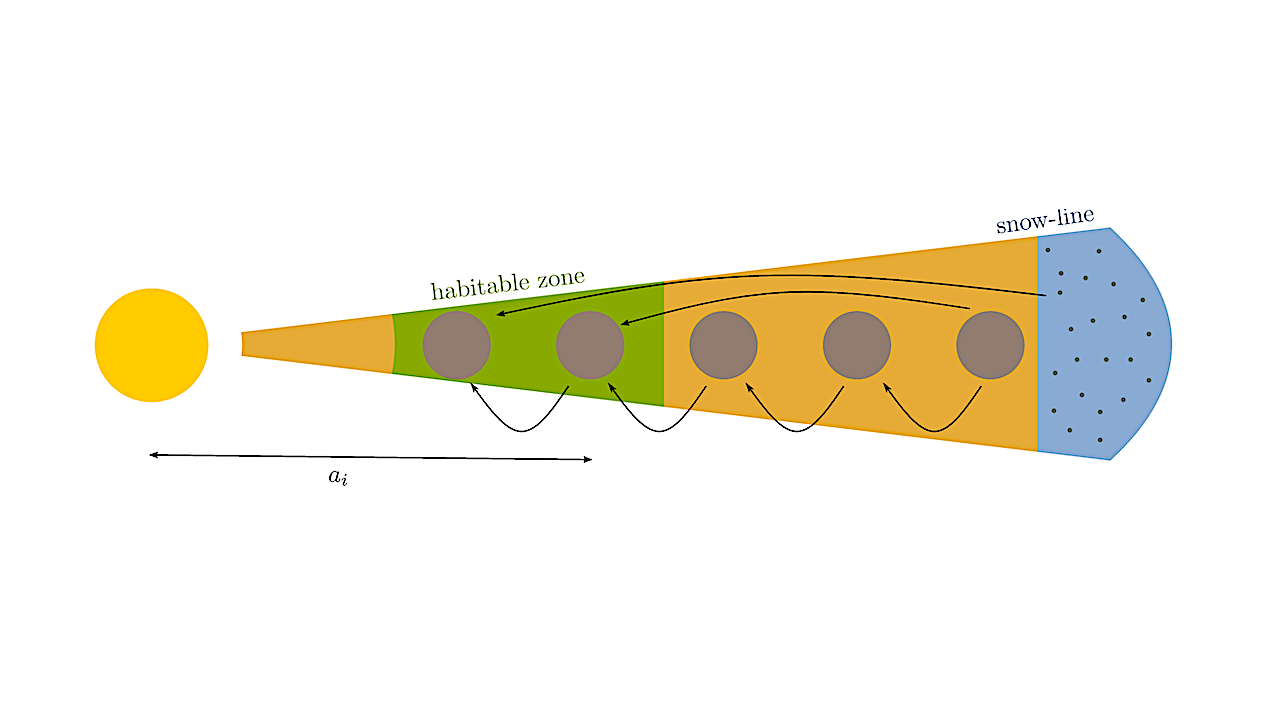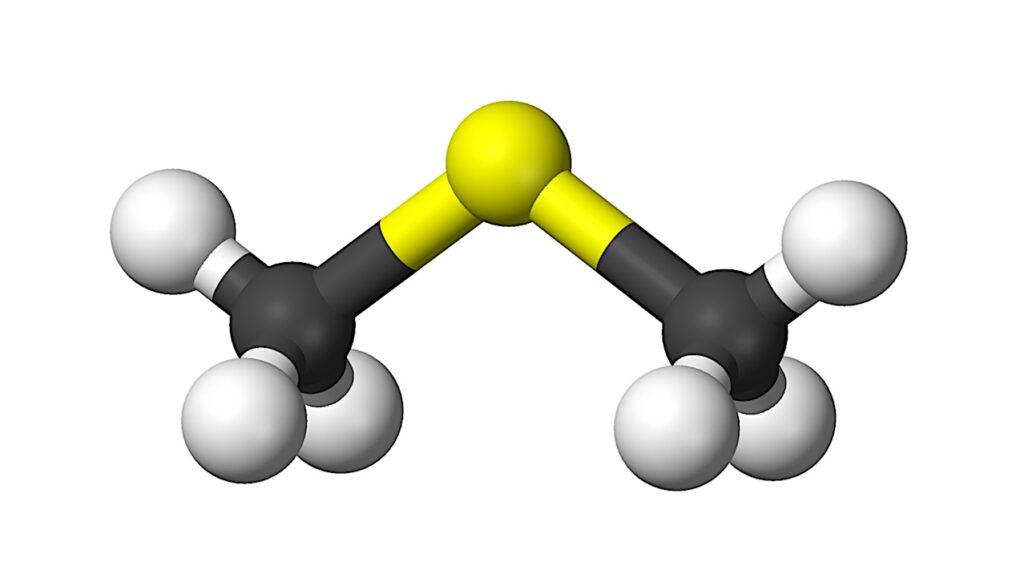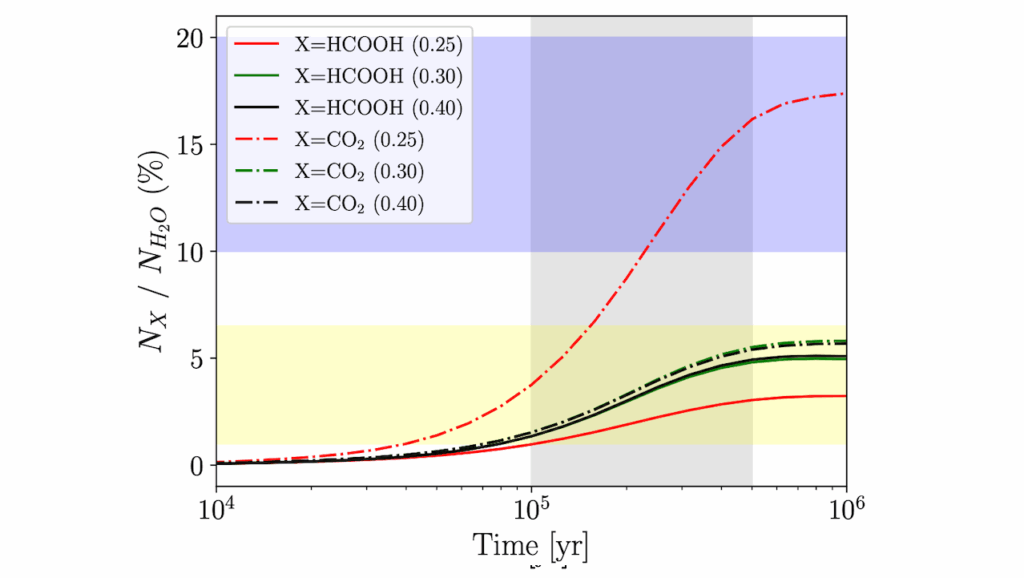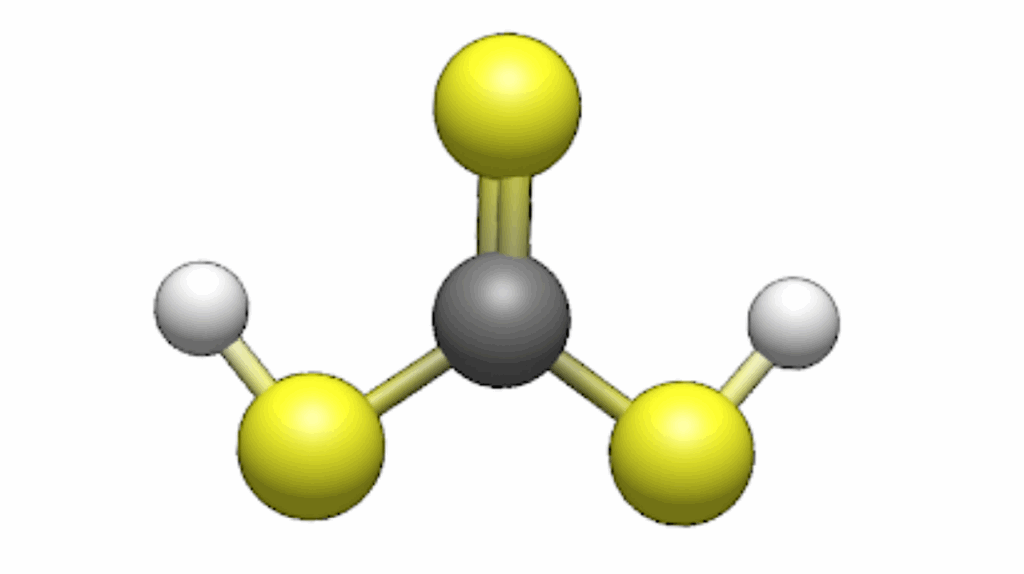Can Comets Deliver Prebiotic Molecules To Rocky Exoplanets?

In this work we consider the potential of cometary impacts to deliver complex organic molecules and the prebiotic building blocks required for life to rocky exoplanets. Numerical experiments have demonstrated that for these molecules to survive, impacts at very low velocities are required.
This work shows that for comets scattered from beyond the snow-line into the habitable zone, the minimum impact velocity is always lower for planets orbiting Solar-type stars than M-dwarfs. Using both an analytical model and numerical N-body simulations, we show that the lowest velocity impacts occur onto planets in tightly-packed planetary systems around high-mass (i.e. Solar-mass) stars, enabling the intact delivery of complex organic molecules.
Impacts onto planets around low-mass stars are found to be very sensitive to the planetary architecture, with the survival of complex prebiotic molecules potentially impossible in loosely-packed systems. Rocky planets around M-dwarfs also suffer significantly more high velocity impacts, potentially posing unique challenges for life on these planets.
In the scenario that cometary delivery is important for the origins of life, this study predicts the presence of biosignatures will be correlated with i) decreasing planetary mass (i.e. escape velocity), ii) increasing stellar-mass, and iii) decreasing planetary separation (i.e. exoplanets in tightly-packed systems).
Richard J. Anslow, Amy Bonsor, Paul B. Rimmer
Comments: Accepted by Proceedings A of the Royal Society. 17 pages, 5 figures
Subjects: Earth and Planetary Astrophysics (astro-ph.EP)
Cite as: arXiv:2310.12906 [astro-ph.EP] (or arXiv:2310.12906v1 [astro-ph.EP] for this version)
Submission history
From: Richard Anslow
[v1] Thu, 19 Oct 2023 16:59:09 UTC (418 KB)
https://arxiv.org/abs/2310.12906
Astrobiology, Astrochemistry








